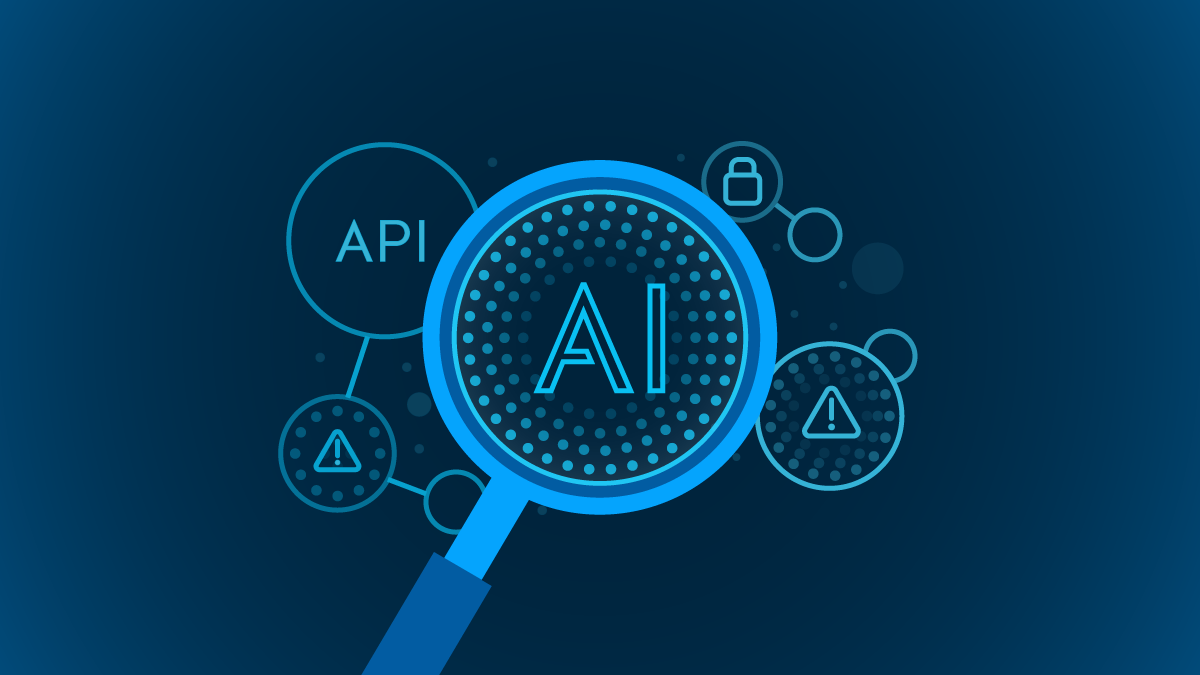
The Evolution of Plagiarism Detection
In the world of content creation, ensuring originality is crucial for maintaining credibility and trust. For years, content creators, educators, and businesses have relied on basic plagiarism checkers to spot copied content. However, these traditional tools often fall short when it comes to detecting more sophisticated forms of plagiarism. The emergence of deep learning technologies has brought a game-changing solution—plagiarism checker powered by artificial intelligence. These advanced tools go beyond simple text-matching algorithms to analyze content at a much deeper level, ensuring that plagiarism is detected even in the most subtle forms.
Deep learning, a subset of machine learning, enables a plagiarism checker to understand context, identify paraphrased material, and recognize nuanced similarities that might have been missed by older detection methods. This advancement makes deep learning-enabled plagiarism checkers indispensable for anyone serious about producing authentic content in today’s digital age.
Why Traditional Plagiarism Checkers Are No Longer Enough
Traditional plagiarism checkers rely on databases of previously published content and match phrases or sentences between new text and existing sources. While this method works for simple cases of copying and pasting, it struggles with more complex instances, such as paraphrasing or using synonyms. As the internet continues to grow, this limitation becomes more apparent. Content creators, academic researchers, and businesses need a plagiarism checker that can adapt to the nuances of modern writing and provide more accurate results.
Deep learning provides a solution to this problem. A plagiarism checker powered by deep learning uses neural networks to analyze patterns in text. It can understand the meaning behind words, not just the exact sequence of characters. This allows it to detect more sophisticated forms of plagiarism, including those that involve slight rewording or altered sentence structures.
The Role of Deep Learning in Plagiarism Detection
Deep learning is transforming how plagiarism checkers operate. At its core, deep learning involves training a model on vast amounts of data, allowing it to make predictions and recognize patterns that are not immediately obvious. In the context of plagiarism detection, deep learning allows a plagiarism checker to detect not only exact matches but also instances where content has been rephrased or slightly modified.
This deeper understanding of text is particularly important for academic institutions, content creators, and businesses who want to ensure that their work is completely original. A plagiarism checker with deep learning capabilities can scan content for subtle shifts in language, identifying paraphrased sections, even if they don’t match any source word-for-word. This makes it an invaluable tool for anyone aiming to maintain high standards of originality and integrity.
How a Plagiarism Checker with Deep Learning Improves Accuracy
The accuracy of plagiarism detection has always been a challenge. Early plagiarism checkers often returned false positives or missed instances of paraphrased content. However, with the advent of deep learning, these issues are becoming less common. By leveraging neural networks, a plagiarism checker can learn to recognize the semantic meaning of a text, not just the specific words used.
For example, deep learning allows a plagiarism checker to understand when two sentences are conveying the same idea but with different wording. This goes beyond simple synonym recognition and includes understanding the broader context of the text. As a result, the plagiarism checker can provide a more accurate analysis of the content, detecting even subtle cases of plagiarism that other tools would overlook.
Benefits of Using a Plagiarism Checker with Deep Learning
The benefits of using a plagiarism checker with deep learning capabilities are clear. First and foremost, it offers greater accuracy. Whether you’re writing academic papers, blog posts, or corporate content, the need to ensure originality is paramount. A deep learning-powered plagiarism checker can help identify issues that might otherwise go unnoticed, offering a more thorough review of your work.
Another key advantage is the tool’s ability to understand context. Unlike traditional plagiarism checkers, which focus on exact text matches, deep learning-enabled tools can understand the meaning behind the words. This allows for a more nuanced analysis that can identify potential issues even when the content has been rephrased or altered.
Additionally, deep learning allows for faster and more efficient plagiarism detection. As these tools become smarter, they can process and analyze content more quickly, providing results in real-time. This is especially useful for content creators working under tight deadlines who need to verify the originality of their work quickly and accurately.
The Future of Plagiarism Detection with Deep Learning
As technology continues to evolve, the role of deep learning in plagiarism detection will only become more important. The next generation of plagiarism checkers will continue to refine their ability to understand language, context, and meaning. Future developments in deep learning will likely allow these tools to not only detect more types of plagiarism but also offer actionable insights on how to improve the originality of the content.
The rise of AI-powered plagiarism checkers will also lead to new ways for content creators to interact with these tools. We can expect features such as real-time feedback, suggestions for improving the uniqueness of content, and even the ability to detect issues in multimedia content, such as images and videos. With these advancements, the plagiarism checker will become an even more integral part of the content creation process.
Conclusion: Embracing Advanced Plagiarism Checkers for the Future
In an era where content is produced at an unprecedented rate, the need for robust plagiarism detection tools has never been greater. A plagiarism checker with deep learning capabilities is essential for anyone who wants to ensure their work is original and free from unintentional duplication. By leveraging advanced machine learning techniques, these tools provide a more accurate, reliable, and comprehensive way to detect plagiarism.
As the digital landscape continues to evolve, embracing deep learning-powered plagiarism checkers will be crucial for maintaining the integrity of your content. Whether you’re an academic, blogger, or business professional, using a plagiarism checker with deep learning capabilities ensures that your work remains unique, credible, and authentic.





